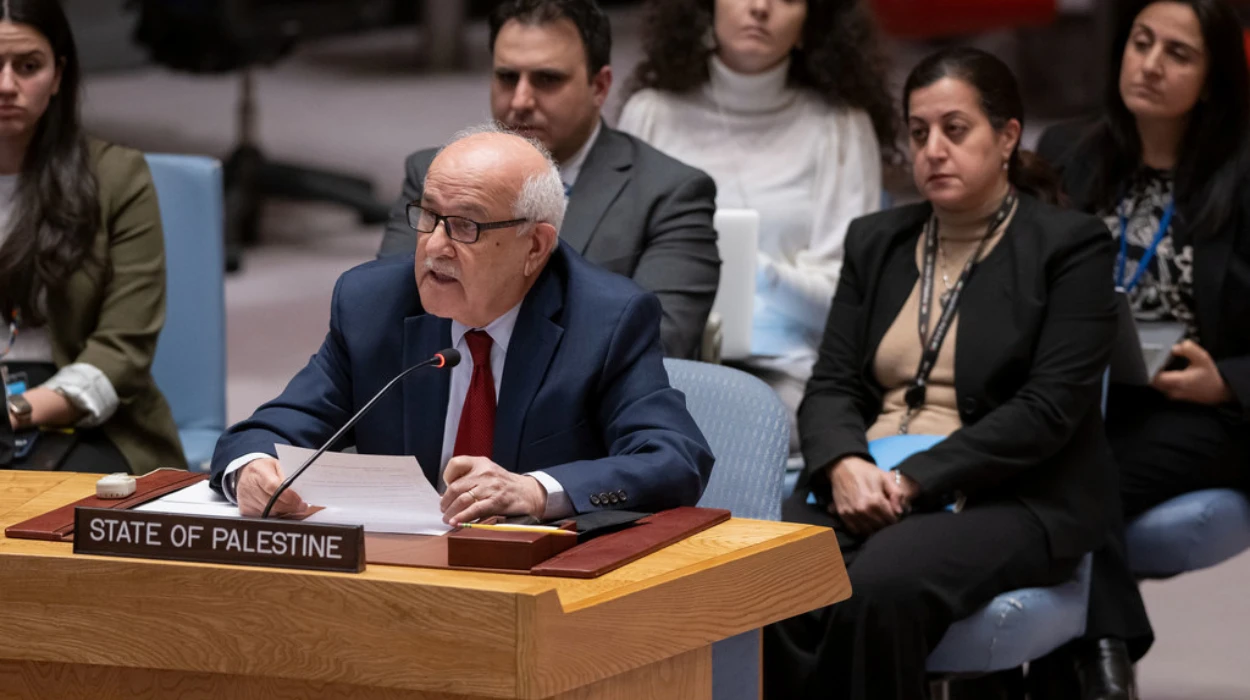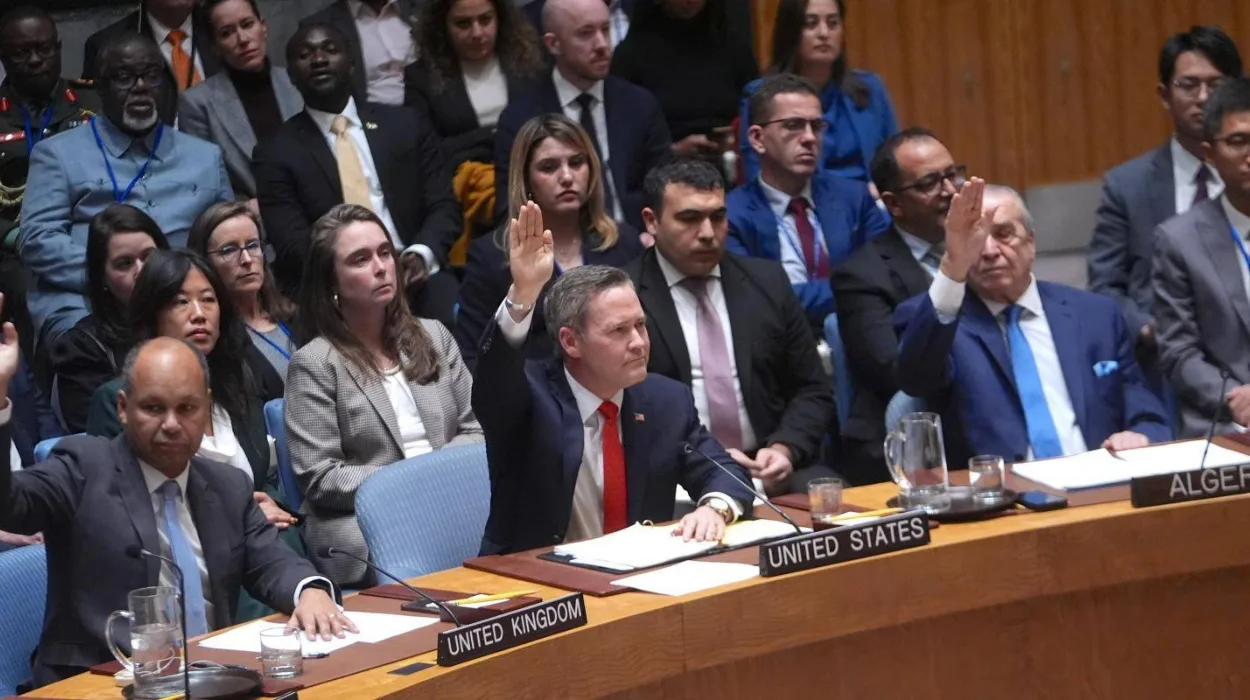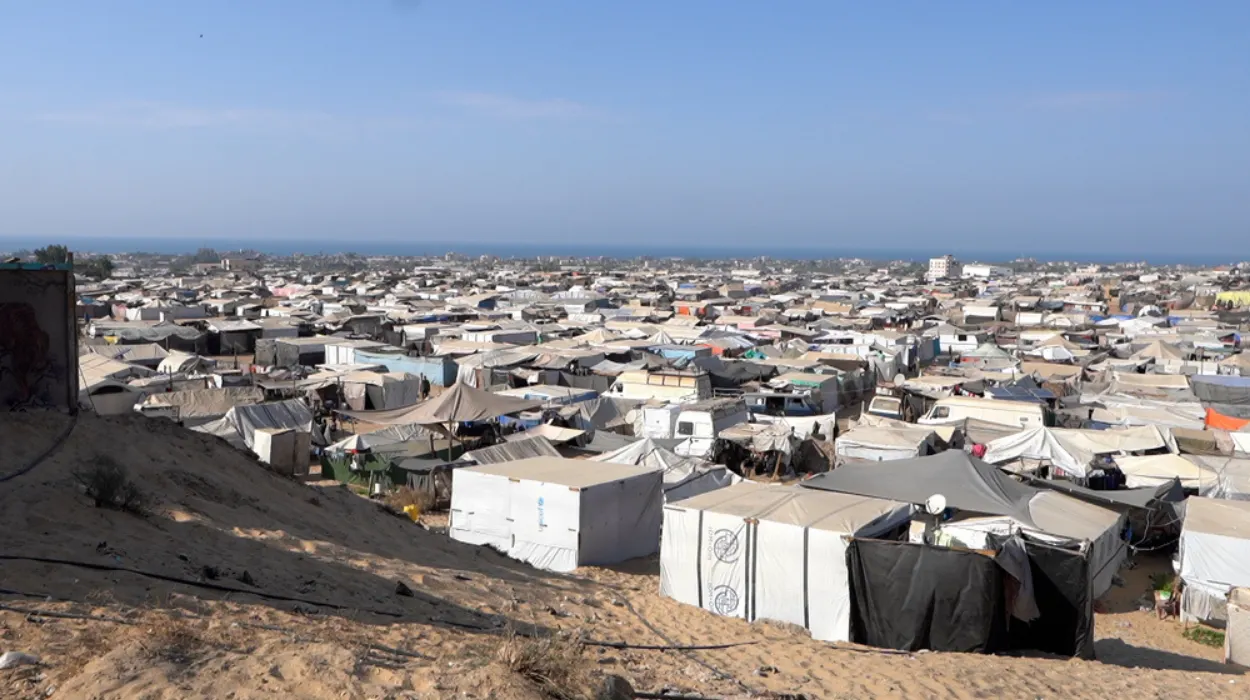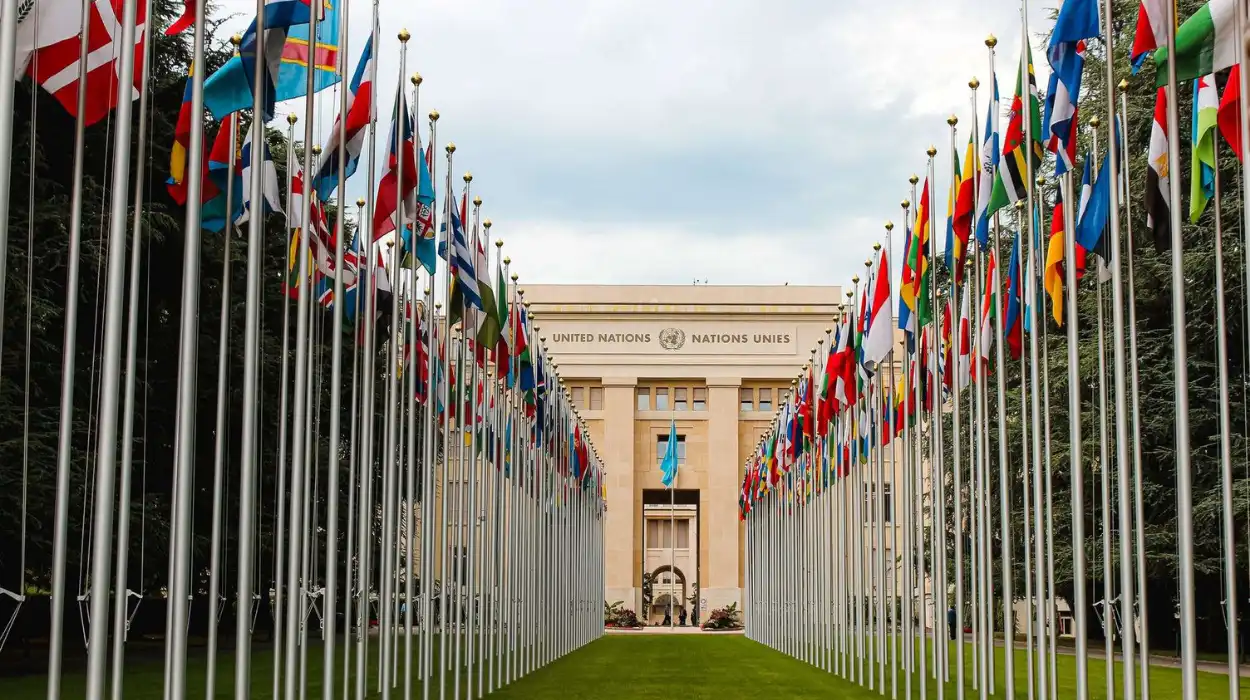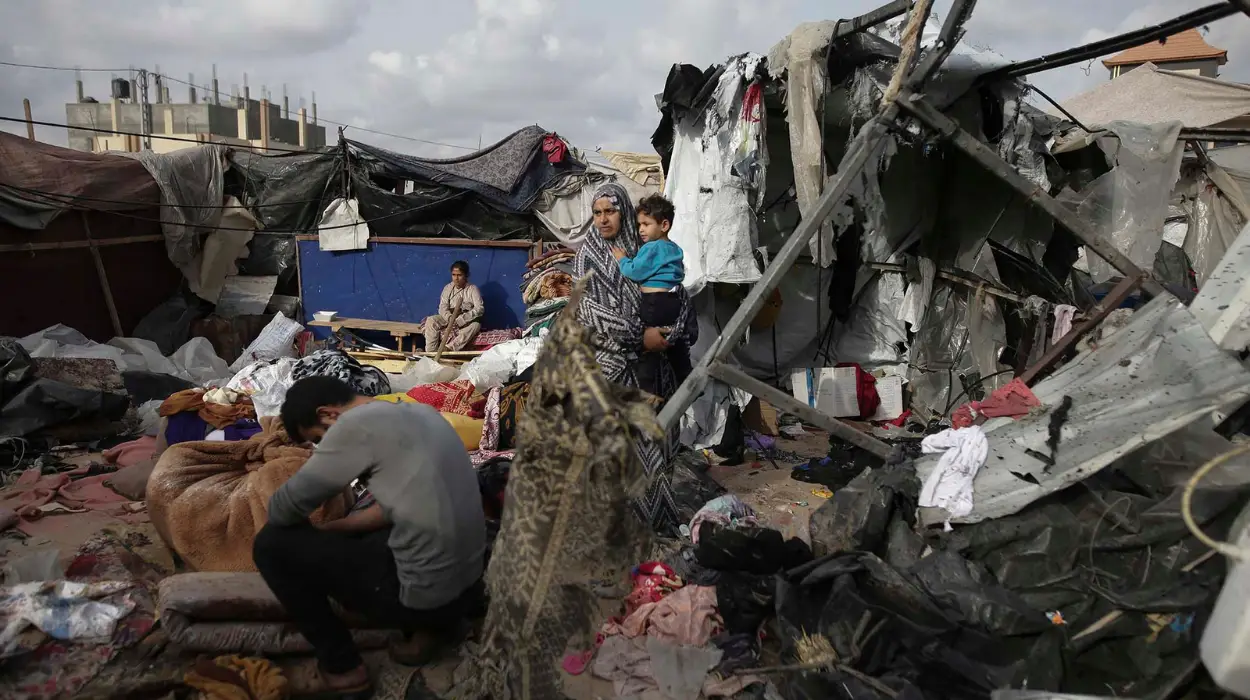For decades, the United Nations’ forecasts have been regarded as the gold standard for monitoring global health trends such as infant mortality and under-five mortality rates.
Charities, policymakers, and governments depend on these figures to prioritize resources that guide and implement health policies for children. Precision in data is essential to ensure cost-effective solutions reach the communities most in need, particularly in regions that are at high risk of infant mortality.
The United Nations projects an ongoing reduction in under-five mortality rates for this century. Yet these projections rely on past trends. The climate and environment are worsening rapidly – our planet is heating up, and air pollution is increasing. The United Nations’ prediction model does not consider these factors.
On the other hand, new evidence from Population Matters’ Fragile Futures report reveals that the harsh reality is that child mortality in this century will exceed current forecasts.
Reasons United Nations projections are inaccurate
The Fragile Futures report uncovers a concerning gap in the United Nations’ infant mortality forecasts: they ignore two significant dangers to children’s well-being today. The Increasing Impacts of Climate Change. The United Nations’ modelling fails to account for increasing dangers from extreme heat and air pollution, droughts, and other accelerating climate-driven crises. These environmental shifts jeopardise years of advancement and put millions of children at risk.
Population Dynamics, the forecasts fail to consider the reality of global demographics. This century, the majority of children will be born in the most climate-sensitive areas, primarily Sub-Saharan Africa and South & Central Asia. These regions also possess the fewest resources to address climate-related health risks.
Collectively, these blind spots create a chillingly incomplete picture. If we proceed down this track, depending on outmoded assumptions, we risk compromising the health of millions of children and their families. The Climate Crisis is a Child Health Crisis
The effects of climate change are being experienced worldwide. Land once suitable for farming is becoming dry, unfriendly land, resulting in the loss of crops and water scarcity. Drought, one of the most lethal natural catastrophes, is becoming the norm. Undernourishment is still on the increase globally, impacting an estimated 828 million individuals (2022).
What is not widely recognized is that extreme temperatures are already associated with a 60% higher risk of premature births, which is a significant contributor to infant mortality.
Infant mortality rates are on the rise
Latest data show that infant mortality is on the increase, defying official projections. The trend is evident in high-income as well as low-income nations, including the United States, France, India, Madagascar, Cambodia, Nepal, and the Philippines.
The Fragile Futures report paints a bleak picture: with the rising effects of climate change, vulnerable children will surge in numbers exponentially. As the report states,
“The number of children harmed by climate change will grow not only because there will be more children, but because there will be more vulnerable children.”


